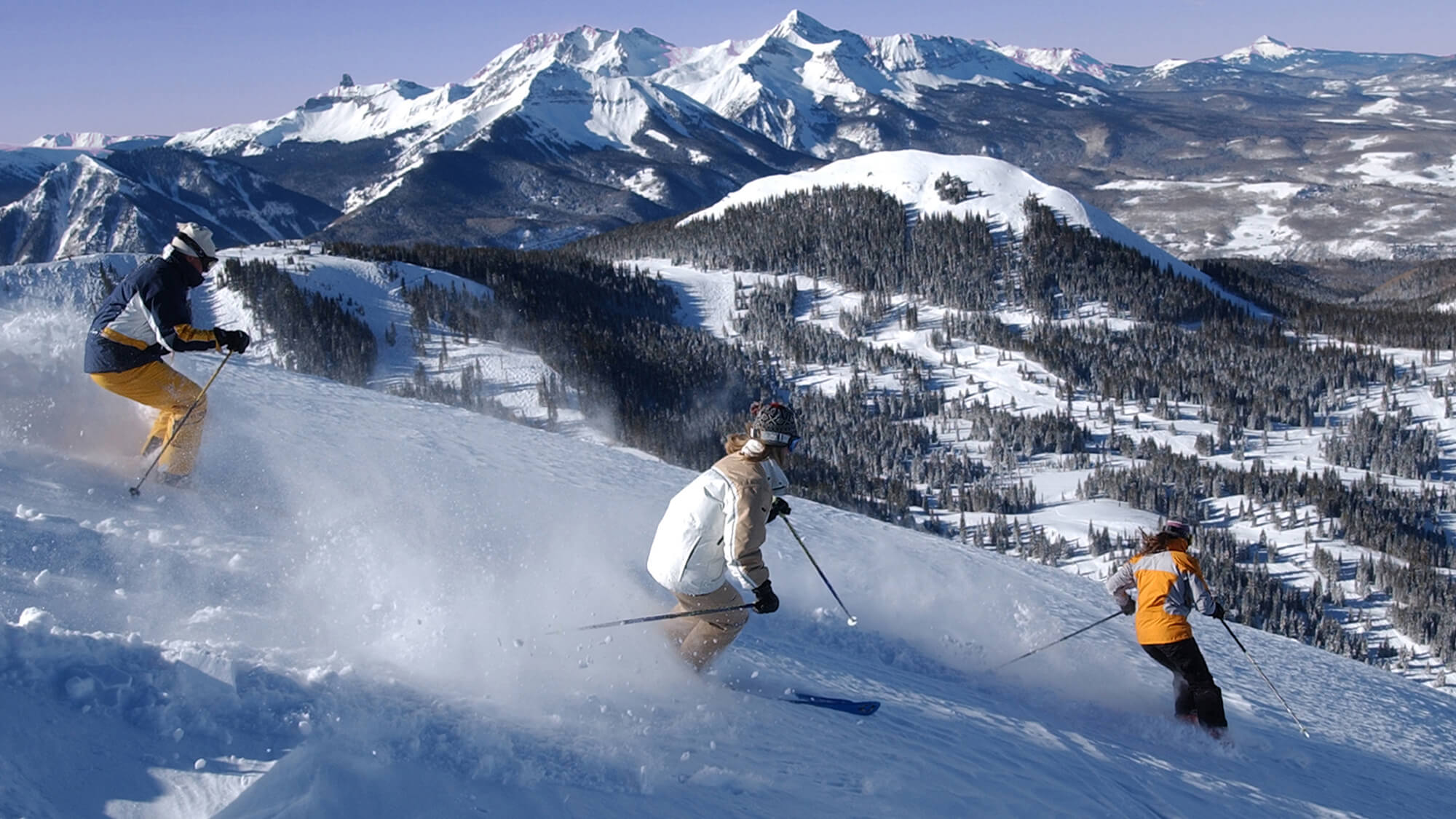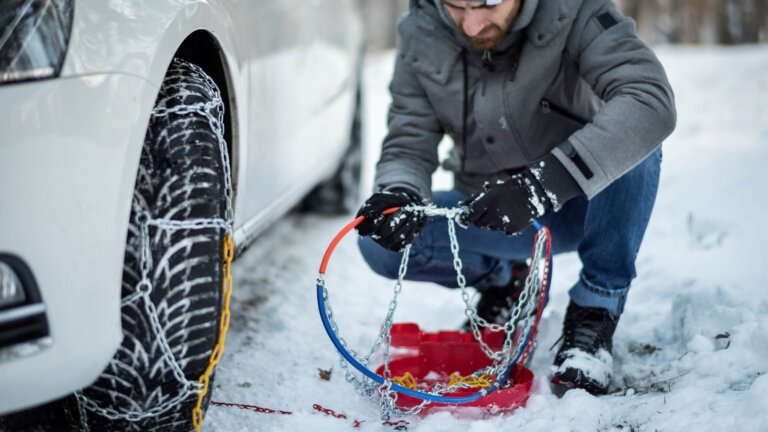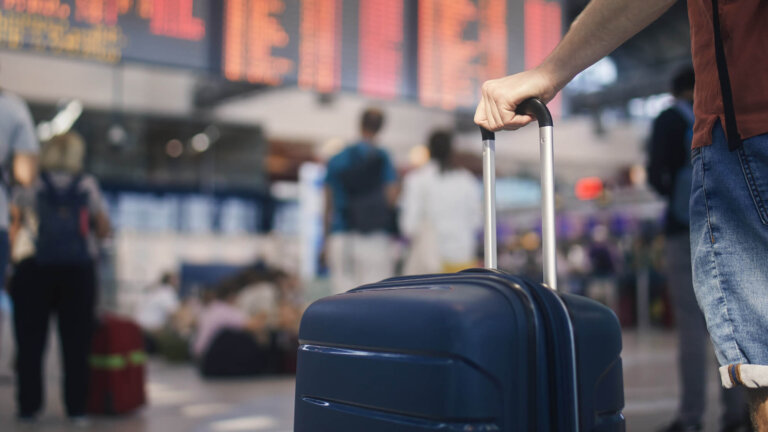Can’t wait to put on your skis this winter, bathe yourself in snow and enjoy the charms of the mountains? To help you make the most of this week away from it all, we have produced a series of articles related to your safety while on holiday. This first article teaches you the right reflexes to adopt in the event of an accident.

It only happens to others
Accidents don’t care if you’re an off-piste expert or beginner on the green slopes. They can happen to anyone, regardless of level and even at low speed (60% of accidents occur on blue runs).
To be prudent, you should obviously wear a helmet and comply with the rules of good conduct (priority for skiers going downhill, adapting your speed to the slowest, etc.), but if a fall
occurs and results in injury, do you know what to do?
Care by the emergency services
If you can’t get up, call the emergency services by dialling 112. This emergency number is accessible from anywhere, even if there is no network.
The operator will ask you:
- The name of the slope
- The number of the nearest beacon
- Family name, first name, age, gender
- The circumstances of the accident
- The area it hurts
Don’t try to move, but protect yourself from the cold while waiting for the trackers. For this reason, you should always have a survival blanket with you. It only costs a few euros, it weighs nothing and it fits in a small pocket.
Did you witness an accident?
Mutual aid is essential in the mountains. Here’s how to react:
- Before even calling for help, the very first thing to do is to secure the scene of the accident. To do this, use your ski poles and form an
“X” above the scene of the accident.
- Then check the condition of the injured person. Are they conscious? Don’t remove their helmet unless they can’t breathe, as their spine
could be damaged.
- Call 112, and administer first aid where possible.
Off-piste accidents
Off-piste skiing is allowed, unless prohibited by a municipal decree owing to a risk of avalanche, lack of snow or risk of landslide. However, you do it at your own risk.
How does emergency response work? It depends on the scene of the accident.
Off-piste, but on the ski area (accessible by ski lift)
If the accident occurs outside the marked areas, you will be rescued by the same teams as on the slopes. However, the rescue cost will be higher, especially if you are transported by helicopter.
Off-piste in the high mountains
An accident in the high mountains involves other means of rescue. The number to call is still 112, but you will not be helped by the station trackers, but by the mountain gendarmerie, the Sécurité Civile or the fire service specialised in dangerous environments.
Extra off-piste precautions
- Stay informed about weather conditions
- Don’t set out if there is an avalanche risk
- Inform your loved ones of your expedition (your route, destination, expected return time)
- Equip yourself with a GPS transmitter or a distress beacon
- Make sure you have supplies
- Never go alone
Insure yourself against accidents
In winter sports, every accident has a high cost. Travel insurance costing a relatively low expense can save you thousands of euros in expenses. Of course, follow good skiing practices and exercise caution. Be properly insured and enjoy every moment in safety.
Prepare for your holiday by discovering the other articles in our “Winter sports with piece of mind” series : How to avoid injury, Winter sports insurance and Getting to the resort by car.



